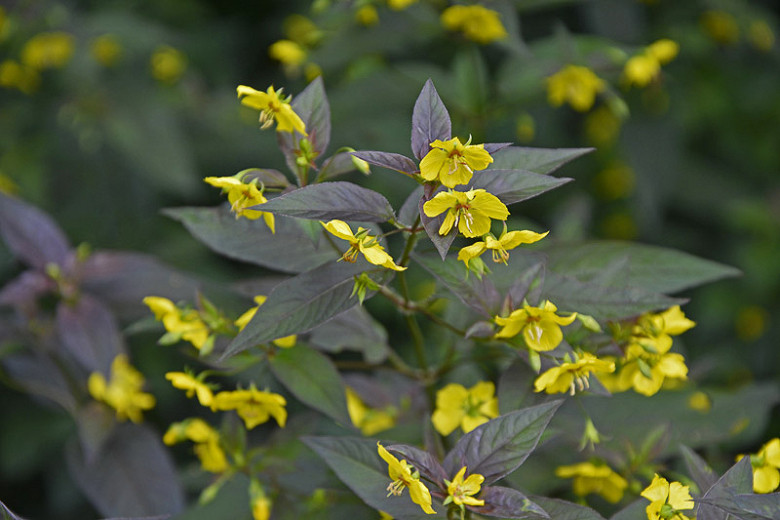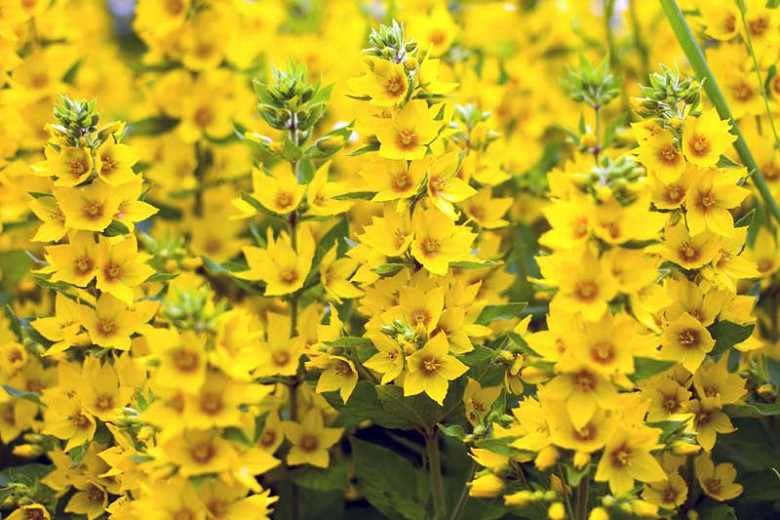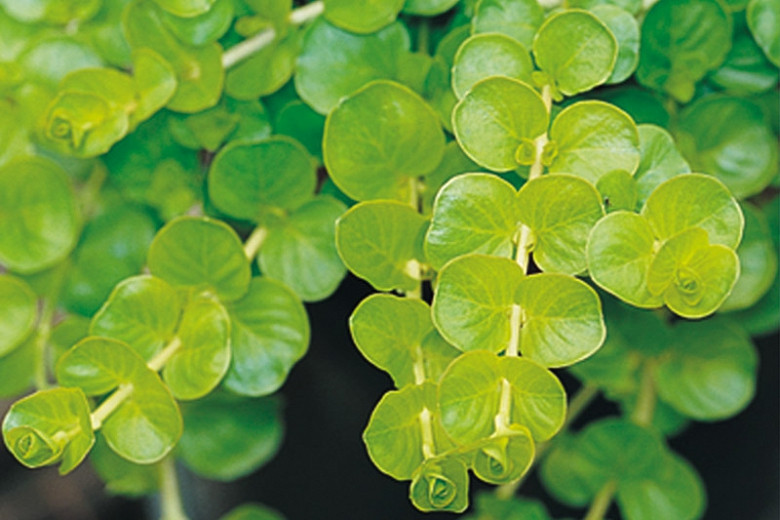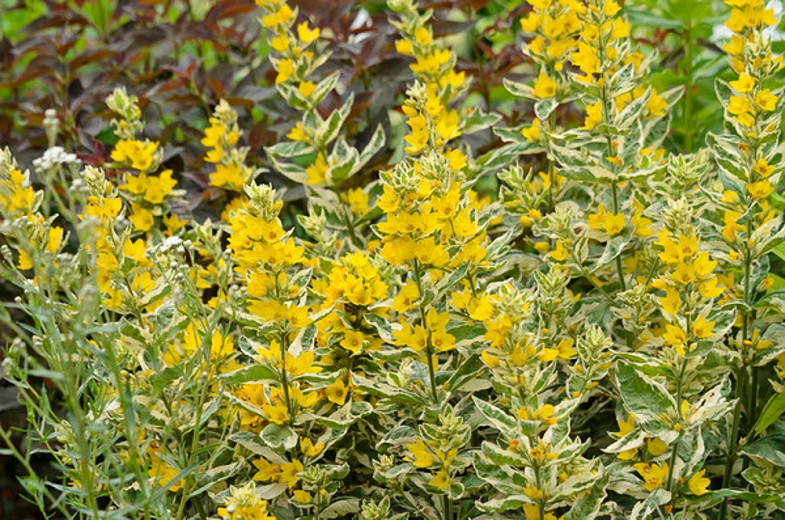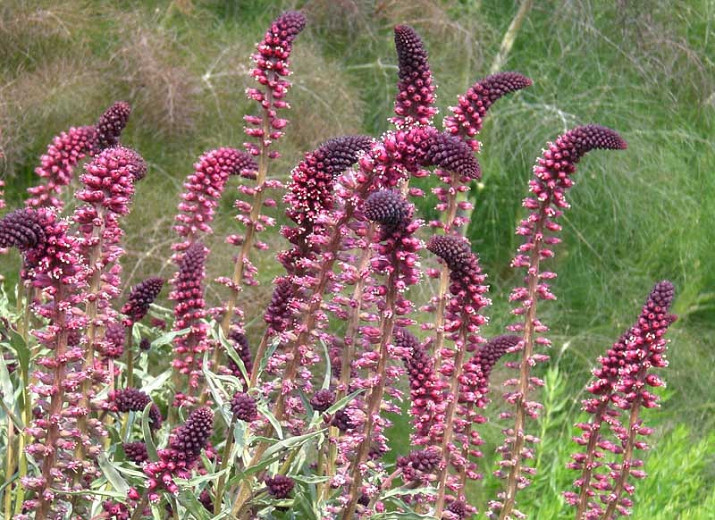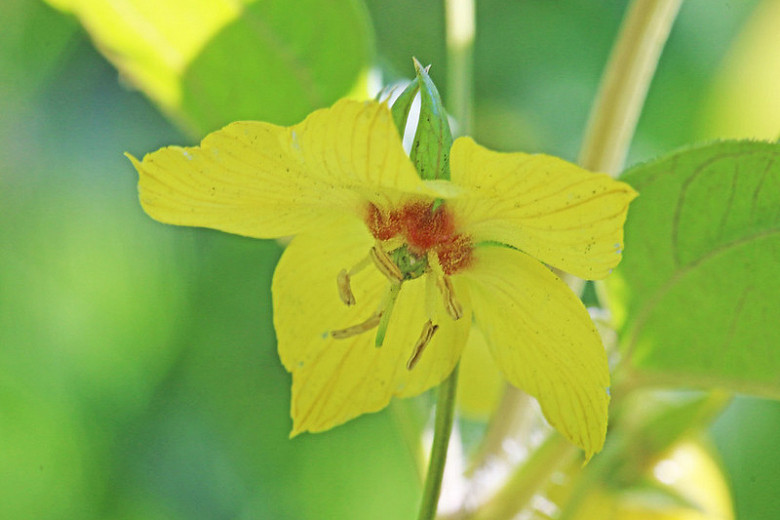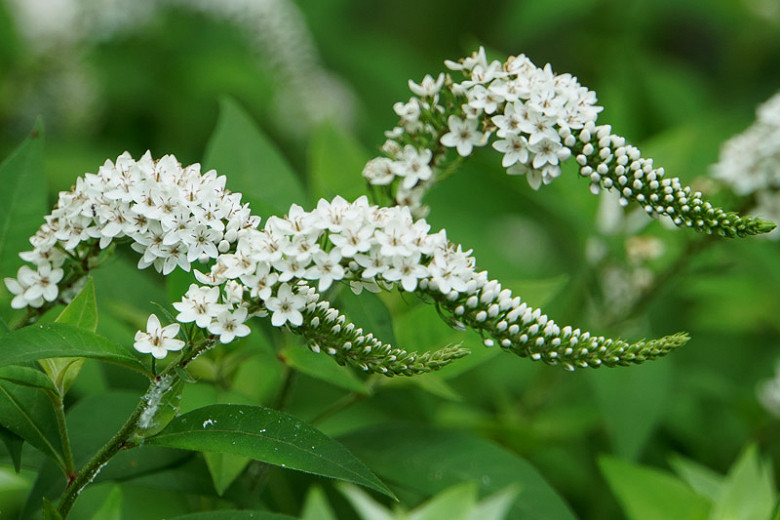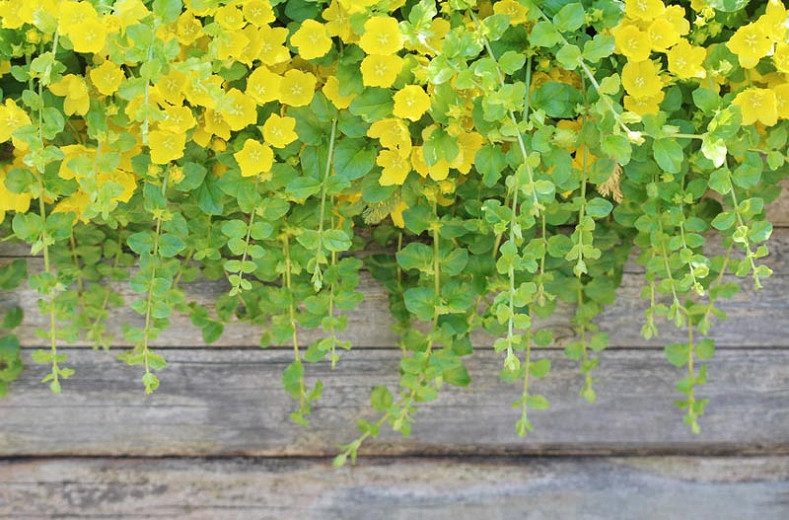Lysimachia ciliata Firecracker (Fringed Loosestrife)
Noted for its striking foliage, Lysimachia ciliata 'Firecracker' (Fringed Loosestrife) is an upright, rhizomatous perennial forming a mound of whorled, lance-shaped, rich burgundy-purple leaves, 4-6 in. long (10-15 cm). By mid to late summer, the foliage tends to soften and become more or less green. But then, the plant is studded with nodding, star-shaped butter-yellow flowers, 1 in. across (2.5cm). Borne singly or in twos in the upper leaf axils, the blossoms often have a raspberry blotch at the base of each petal. Easy to grow, Lysimachia ciliata 'Firecracker' is valuable as a contrast plant in the garden thanks to its chocolate foliage. However, Fringed Loosestrife spreads fairly quickly and needs to be divided regularly when grown in confined spaces. It is often grown in moist borders or beside ponds.
- Recipient of the prestigious Award of Garden Merit of the Royal Horticultural Society.
- Grows 2-3 ft. tall and wide (60-90 cm). Will spread by underground rhizomes. However, it will spread more slowly if grown in drier soils with light shade.
- Performs best in full sun or part shade, in humus-rich, moist soils. More flowers are produced in the sun, but more foliage is produced in the shade.
- A perfect plant for cottage gardens, wild gardens, bog gardens, rain gardens or next to ponds and streams. Excellent as long-lasting cut flowers.
- Fringed Loosestrife is generally not subject to serious pest or disease issues. Keep an eye out for slugs and snails.
- Cut back after flowering.
- Propagate by division in spring or autumn.
- There are up to 180 species of Lysimachia. The genus includes hardy to frost-tender perennials, either herbaceous or evergreen. Their habit can be upright or prostrate, with some forming excellent ground covers. Their flowers are variably shaped, are usually yellow or white, but sometimes pink or purple. Many species are invasive, but this tendency can be harnessed to produce large stands, creating greater visual impact.
Requirements
| Hardiness | 3 – 8 |
|---|---|
| Climate Zones | 1, 1A, 1B, 2, 2A, 2B, 3, 3A, 3B, 4, 5, 6, 7, 8, 9, 14, 15, 16, 17, 18, 19, 20, 21 |
| Plant Type | Perennials |
| Plant Family | Lysimachia – Loosestrife |
| Exposure | Full Sun, Partial Sun |
| Season of Interest | Spring (Mid,Late)Summer (Early,Mid,Late)Fall |
| Height | 2' – 3' (60cm – 90cm) |
| Spread | 2' – 3' (60cm – 90cm) |
| Spacing | 36″ (90cm) |
| Water Needs | Average, High |
| Maintenance | Low, Average |
| Soil Type | Chalk, Clay, Loam, Sand |
| Soil pH | Acid, Alkaline, Neutral |
| Soil Drainage | Moist but Well-Drained, Moisture Retentive, Poorly Drained |
| Characteristics | Cut Flowers, Plant of Merit, Showy |
| Tolerance | Deer, Rabbit, Wet Soil |
| Garden Uses | Beds and Borders, Bog Gardens, Ponds and Streams, Rain Gardens |
| Garden Styles | Informal and Cottage, Prairie and Meadow |
